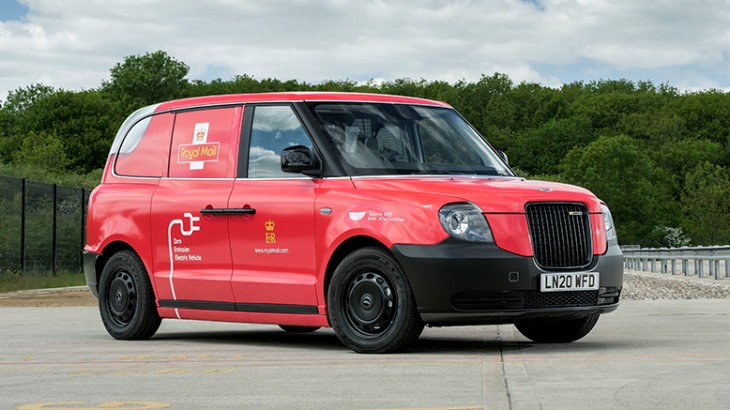Our environment

Our 2019-20 Corporate Responsibility (CR) report, which we published last week, covers how we manage our impacts on the environment.
The scale of Royal Mail’s operations means we have a significant environmental impact. Managing this impact is a strategic imperative for our business. By increasing our efficiency and reducing our use of resources, we can help to control our costs and support business performance.
This section of the report sets out the new Royal Mail (UKPIL) environment strategy – Delivering a Cleaner Future, which addresses those areas where we have the biggest environmental impacts. We have set clear long-term ambitions in this area, including a goal to be a net-zero carbon emission business by 2050. We will focus on clean air with a 100 per cent alternative fuel fleet by 2050. We will ensure a focus on responsible consumption, with a 25 per cent reduction in waste generated and water used by 2030.
Did you know?
- With around 48,500 vehicles, Royal Mail operates the largest commercial vehicle fleet in the UK.
- Our fleet travelled approximately 952 million miles in 2019-20.
- Royal Mail is part of the Optimise Prime consortium, the world’s biggest trial of commercial electric vehicles.
- At the end of 2019-20, 704 alternative fuel vehicles were operational across the Group, including 295 fully electric vehicles in the UK.
- We introduced two CNG trucks. Bio-CNG can help significantly lower the emissions associated with our larger HGV fleet, reducing carbon emissions by around 85 per cent in comparison with average diesel.
- The energy used to run our buildings made up 24 per cent of our carbon footprint in 2019-20.
- GLS Germany introduced the KlimaProtect programme which will offset the emissions resulting from the transportation of parcels and business activities in Germany.
Our performance 2019-20
- We reduced our carbon dioxide (CO2) emissions by two per cent. Since 2004-05, our emissions have reduced by 31.9 per cent, exceeding our target to reduce our emissions by 20 per cent by 2020-21.
- We generated 38,692 tonnes of waste, an increase of 10 per cent from the previous year. We continue our efforts to reduce overall waste volumes by working with customers, suppliers and our people.
Responsible consumption
Royal Mail looks to manage its waste in accordance with the waste hierarchy – prevent, reuse, recycle – with a clear focus on reducing waste and considering the life cycle of the materials we purchase. Below are a few key reuse projects we’re delivering during 2019-20.
- Repurposing for the business – Our apprentices designed and developed new waste signage, using obsolete High-Capacity Trolleys. The signs are part of the wider project to improve waste management on Royal Mail (UKPIL) sites.
- Vehicle parts – Our Green Parts programme removes all reusable parts from end-of-life vehicles, for reuse within the business, or for resale to others. During 2019-20, green parts were reused within the business, saving an estimated £2.4 million.
- Uniforms – During 2019-20, our uniform supplier, Dimensions, introduced trial takeback programmes for unused, used or damaged items. Returned materials are redeployed where possible. Unbranded usable footwear is sent to Africa for reuse. Our branded uniforms are processed into fibres and made into a wide range of products.
Find out more about our CR report here.



